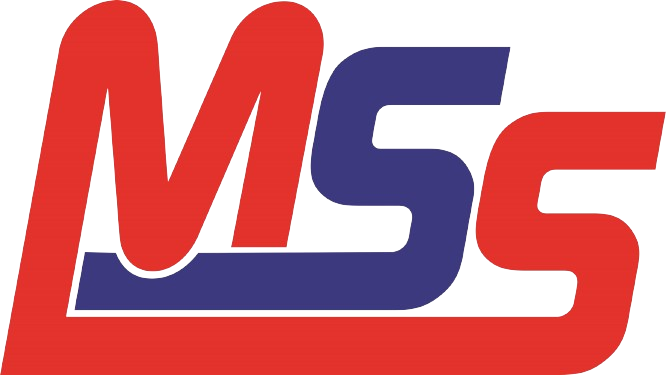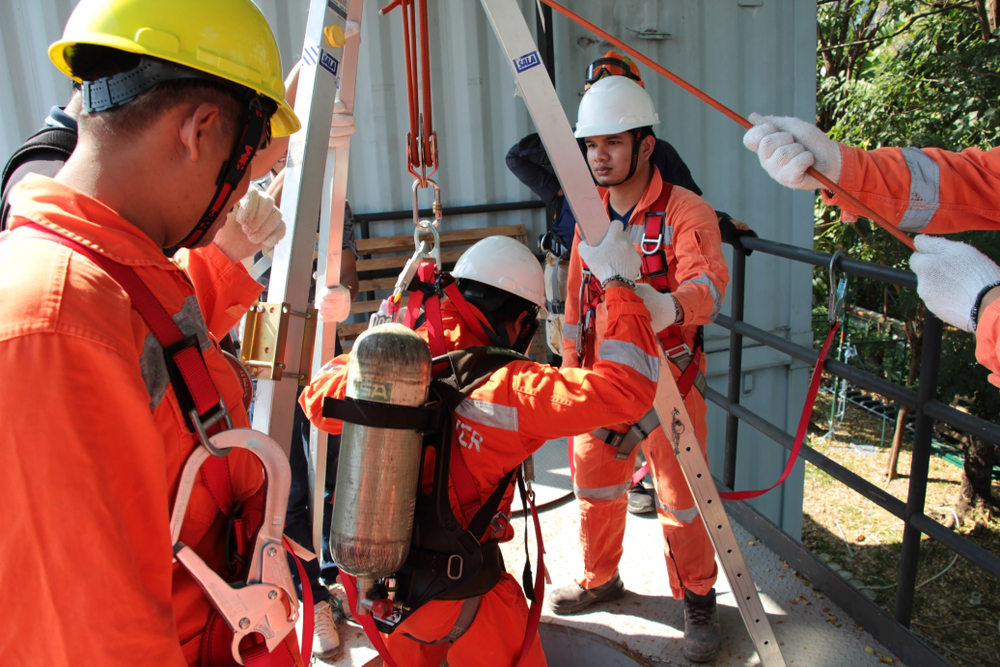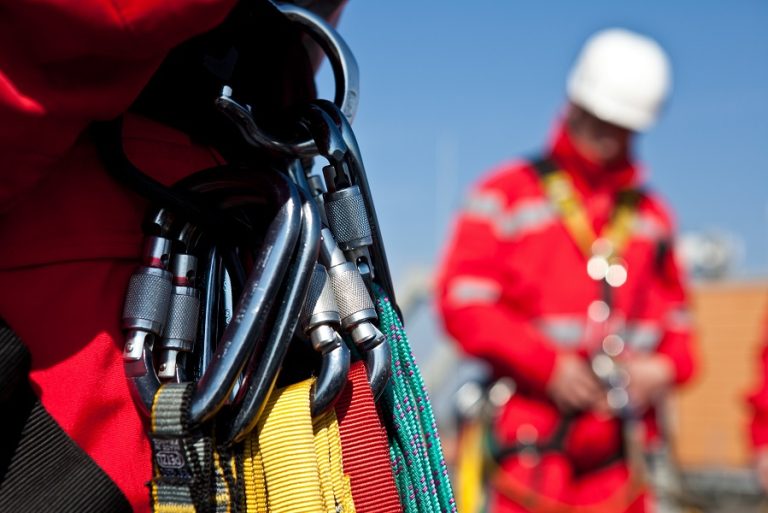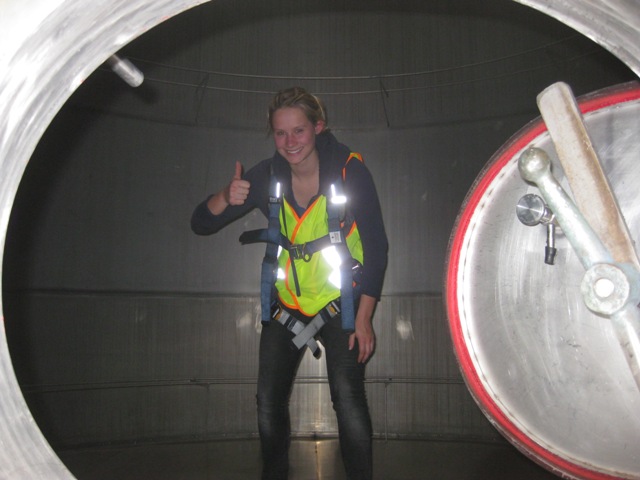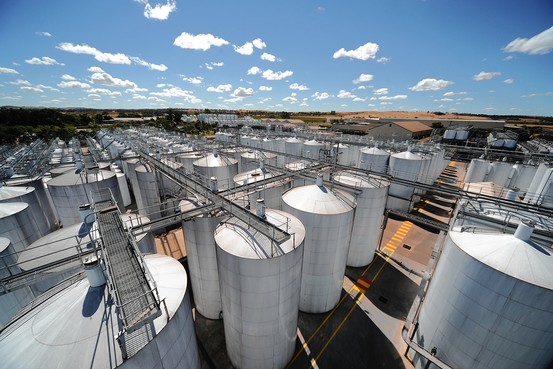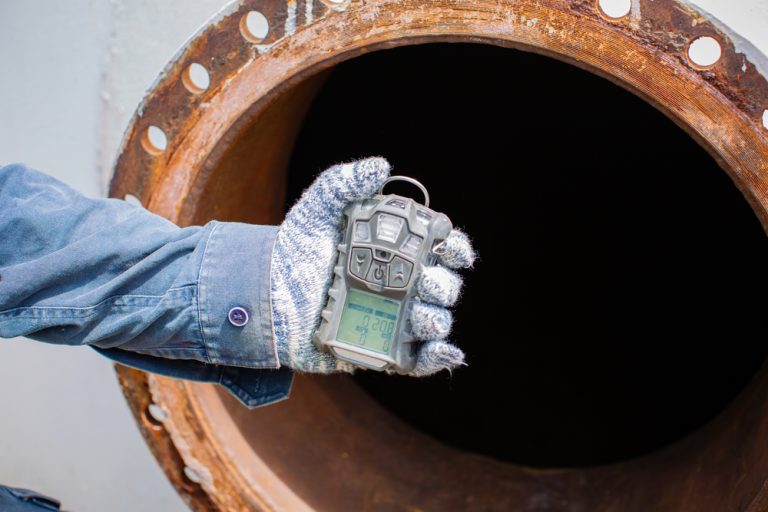Height Safety: Primary & Secondary
Height safety & access in the workplace is a crucial aspect of occupational health and safety, especially in industries like construction, mining, and maintenance where workers frequently perform tasks at significant heights.
Primary vs Secondary
One of the core principles of height safety is the distinction between primary and secondary systems. A primary system refers to the method or equipment directly supporting the worker’s weight during a task, while a secondary system may act as a backup or failsafe in case the primary system fails.
Understanding and applying both systems effectively can significantly reduce the risk of falls and injuries.
Workers that climb
In scenarios where workers climb using their hands and feet, the body itself serves as the primary system. For example, when workers climb ladders or scaffolding, they rely on their physical strength and balance to ascend and maintain stability. In these cases, the hands and feet are in constant contact with the structure, allowing the worker to control their movements and distribute their weight safely. However, despite being agile and able to react quickly to minor disturbances, human capabilities have limitations, especially in emergencies. That’s where the secondary system—usually in the form of a fall arrest harness—comes into play. If a worker loses their grip or balance, the secondary system will engage to prevent a fall.
Workers that are lifted or lowered
On the other hand, when workers are lowered or lifted by a winch cable, for example, into confined spaces, the primary system shifts from human control to mechanical support. In this scenario, the winch cable becomes the primary system, as it is responsible for bearing the full weight of the worker. The worker is either attached to the cable through a harness or a suspension system, which allows them to be raised or lowered to specific locations. The mechanical system offers precise control and reduces physical strain, but it introduces the possibility of mechanical failure. To mitigate this risk, a secondary system—like a backup lifeline or a type 3 SRL (a retractable fall arrestor with a built-in rescue winch) would be used to provide redundancy. If the primary winch cable were to malfunction, the secondary system would ensure the worker’s safety.
Active vs Passive Engagement
The distinction between primary and secondary systems becomes clearer when comparing these two methods. In the climbing example, the worker is actively engaged in their primary system (hands and feet), while in the winch example, the worker is passively supported by the mechanical system. Despite these differences, the importance of a secondary system remains constant across both scenarios. Whether a worker is climbing or being hoisted, the secondary system acts as a safeguard against unforeseen events that could lead to accidents.
In conclusion, the primary and secondary safety systems are fundamental components of height safety protocols. Workers relying on their physical abilities must always have a backup, such as a harness, in case of a fall. Similarly, when using mechanical systems like winches, a secondary line or system ensures protection against mechanical failures. Employing both primary and secondary safety measures helps protect workers and ensures a safer work environment in height-related tasks.
Want to know more? We run Work Safely At Heights training weekly at our training centre.
